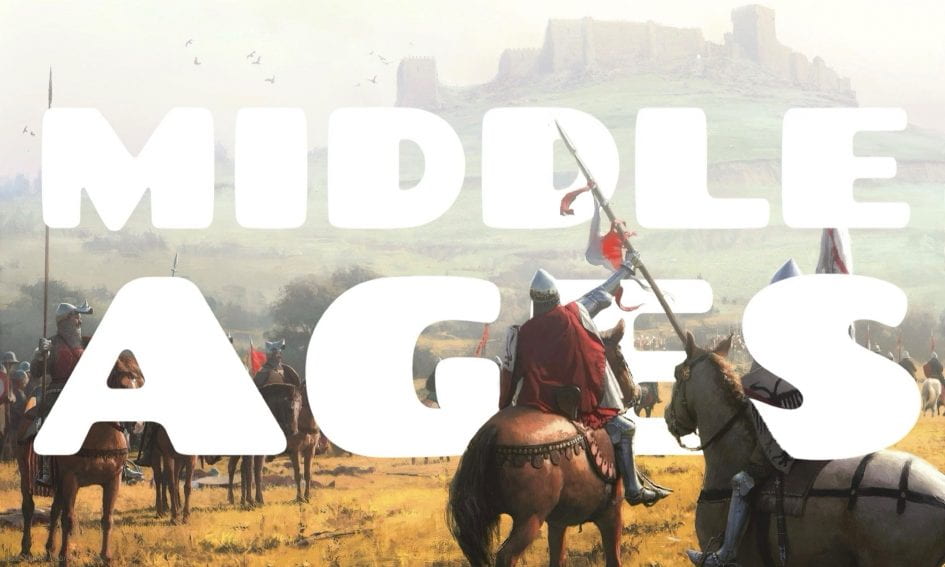Five weeks ago in Humanities 8, we travelled back in time to the Medieval Era to compare and contrast lifestyles, led by our driving question; What was life like in the Middle Ages? How does it compare to today? To begin this unit we found ourselves reading an interesting novel called, The Book of the Lion by Michael Cadnum, this was an ongoing segment of the one month project and helped us understand this date in time.
In Humanities 8 we focused on the competency, Comprehend. This includes the literacy skills used to read, listen, and view texts. I needed to use some skills to complete this project and I’m glad I found the right things for me. Our second competency relates to our driving question, Continuity and Change. This focuses on how lives have stayed the same and differed over time. Researching deeply in to topics really helped explain these differences and similarities between then and now. I learnt that most things today just build on things that people did back in the 11th century, so this means we have expanded greatly as a nation and there is most likely lots more to come.
To go more in depth about the book we were reading for the next few weeks, we had to identify literacy skills that would help us comprehend the text and keep us on track. I took in to account what styles of reading suit me and how I could create a schedule to remain focused, in order to complete the assigned sections of the reading on time. Early on I recognized that the most effective way for me to grasp the message was to listen to the audiobook while reading along with it. Since this story was quite complex and lots was going on, having someone read it aloud for me made it much easier to distinguish the change in character and point of view.
Now that we had an idea on how we will perceive the novel, we started reading.
Set in the Middle Ages during the reign of Richard I of England, American author Michael Cadnum’s young adult fiction, The Book of the Lion (2000), tells the story of a young English squire facing the horrors and moral contradictions of the Crusades. The first of Cadnum’s Crusader Trilogy, the book received a nomination for the National Book Award for Young People’s Literature. Edmund is a young man living during the twelfth century and working for a master Otto and his wife. In the middle of the night, Edmund and Otto are kidnapped by representatives of King Richard I’s Exchequer or tax collector. After watching the tax collectors drive an anvil through Otto’s hand, Edmund escapes but doesn’t get far before he is captured and chained up in his master’s house. He learns that Otto, who is nowhere to be seen, is guilty of making counterfeit coins. As Edmund is Otto’s servant, he is technically guilty of any crimes committed by his master. Nevertheless, Geoffrey, the Sheriff of Nottingham, gives Edmund a second chance to redeem himself by serving in the Crusades under Sir Nigel. Sir Nigel states that to secure a position as his squire, Edmund must defeat Hubert, another boy who is also interested in the job, in a duel. The morning of the duel, Edmund escapes the town to the countryside with some of Nigel’s silver and fine clothes. Unfortunately, he is intercepted the following day by none other than Hubert, the other squire he was set to duel. Waylaid with a swollen ankle, Edmund sees no other recourse but to return with Hubert to face his fate. Before they depart for town, they encounter a pagan knight Rannulf who once killed five opponents in a single tournament. After Edmund begs Nigel to let him live, the knight agrees to take on both Hubert and Edmund as squires. The night before they are set to leave for the Holy Land, Rannulf demands that Edmund fix his dented helm. Edmund works at it all night, and thanks to divine intervention summoned by Rannulf, the helm is fixed. They ride throughout the next day, with Edmund on a fine horse called Winter Star. The group of Crusaders finally makes its way to London, which is a real disappointment for Edmund who had been hoping for something more. Sailing down the Thames to the English Channel, Edmund and Winter Star both suffer seasickness, while Hubert is completely unaffected by the choppy waters. From Normandy, France, the Crusaders march to a much larger ship called Saint Agnes, which they then sail to Venice, Italy. There, they learn that the fighting in the Holy Land has already commenced, causing Sir Nigel and others to worry that they might miss the whole Crusades. After a night of drunken debauchery that leaves Edmund and Hubert chained up overnight in the hull of their ship, they set off from Venice with a new passenger on board, Father Urbino. After a violent storm sends Rannulf’s squire Miles overboard to his death, Edmund becomes Rannulf’s new squire. The storm pushes their ship even closer to their destination: The city of Acre in Northern Israel. The English Crusaders meet up with a group of Frankish Crusaders led by Sir Guy de Renne. They attack a walled city controlled by Muslim “infidels,” although Hubert and Edmund are too far back in the column to be involved in the fighting. The battle rolls on for days in something of a stalemate, as the Crusaders await the arrival of their king, Richard the Lionheart. While waiting by the shore for King Richard’s ship, Edmund shares a cordial greeting with an Arab Muslim known as a Saracen. Hubert ridicules Edmund for not killing the Saracen, but Edmund insists there is nothing noble about killing someone who poses no threat. King Richard finally arrives, but it takes a few days before he is well enough to lead the Crusaders into battle. Once he does, Edmund notches his first kill, striking down a Saracen to save his friend, Hubert. Though the Crusaders win the battle, Edmund and Hubert suffer from nightmares and post-traumatic stress disorder because of what they have seen. They are further traumatized when King Richard orders the Crusaders to murder all the men wounded or imprisoned after the battle, rather than have to feed and clothe them. Nigel insists that they have a duty to fight and to follow their king, who rules by divine right. While the French Crusaders abandon the cause, the English Crusaders continue to pursue an army of Muslims led by Saladin to the South. Near the town of Arsuf, the fighting continues, more brutal even than before. As the Crusaders advance, Winter Star is wounded and falls to the ground. Edmund realizes his beloved horse and companion is dead. After Edmund spends some time grieving amid the chaos, a knight named Wenstan finds a horse for Edmund, and they ride off to find Nigel and Hubert, who are missing. When they find them, both are badly hurt. In the end, however, they both survive, although Nigel is too hurt to continue fighting. Rannulf also must be sent home, which means both Hubert and Edmund will soon be back in England. Before getting on the ship home, Edmund looks in the distance and can see the glittering white city of Jerusalem.
I had now gathered enough information to start writing a letter in the perspective of an assigned role in the feudal system. Through a simulation I got give a serf; I had to look into how an average citizen behaved and their daily routine, this all happened in the year 1195. We had the opportunity to address our letter to whoever we want, their were not very many requirements, the only being our king was King Richard and we were living in England. I wrote my letter to the King asking for a raise due to my lack of ability in society. I had to follow the regulations of a serf, meaning I couldn’t read or write, this meant I had to beg for a higher being to write on Serf Clyde IV behalf.
Every week a group of six gathered and spoke about the portion of the book in “Meet and Chat Monday.” There were three tasks to go through, the first being the summarizer, the whole point of this was to make sure everybody was on the same page because it is rather easy to veer in the wrong direction. The second role was creative connector, their job was to find two meaningful connections between the book and their life or modern day. In my option this was the hardest role due to the large amounts of change from the book to today. The third and final responsibility was to create a piece of art that reflects on a certain aspect of the segment. My favourite duty was the artful artist because it allowed me to show the way I looked at the book, it also displayed the most diversity because there were so many different options of ways to show what happened.
By this time we had completed the book and it was now time to start the main part of this project, our partner presentation on CONTINUITY and CHANGE. Erin and I researched five topics of interest, kids clothing, food for the lower class, valuables, astronomy, and currency. Although we researched five subjects, we only used two of them in our final presentation. One would show and example of change, and the other would demonstrate continuity. I think that’s the point of this project was to have a clear understanding that many things have developed since the Middle Ages, and a few things have stayed the same. As a partnership, Erin and I worked great together, we evenly distributed the work and it ended up in a good result in our final keynote presentation.
The day before our presentation we received valuable feedback from Ms. Maxwell. We took in to account everything that she said to better our end result. It was now the day of the presentations and it was smooth sailing, we wrapped up our Medieval Era unit nicely and we had something to be pleased about.
The key takeaways from this project in my opinion was that our society has developed massively since the Dark Ages and there is only more to come. I also believed that this time period was essential to everything that has happened since. Without any of these inventions and people our world would be a much different place. The Middle Ages isn’t a topic that I enjoy deeply but it was a great learning opportunity and it definitely will help me in the long run.



Leave a Reply